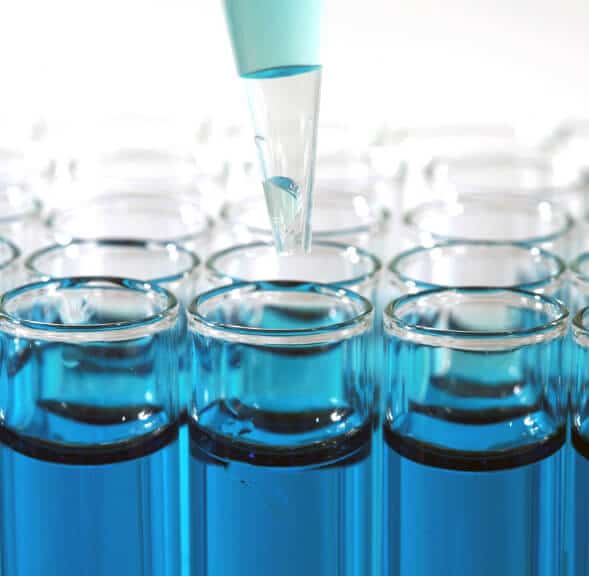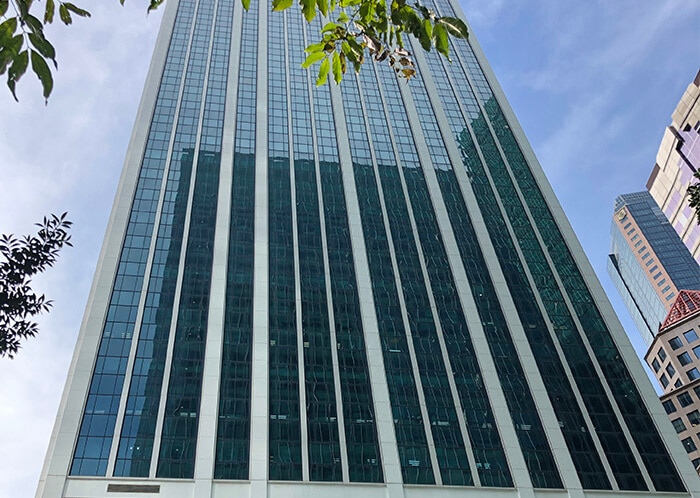Detection of invasive species:
The presence of harmful bacteria, viruses and invasive species on a ship can have catastrophic effects on your environment, so our highly trained IHM Marine surveyors can sample and test Ballast Water, while the ship is in dock or at sea.
The Ballast Water Management Convention was adopted on 13th February 2004 and ratified on the 08th September 2016. The aim of this convention was to prevent the spread of invasive aquatic species and pathogens, carried in the ballast water and sediments of ships, being discharged into the sea where they could harm local species and human health. The convention entered into force on 08th September 2017.
Under the convention, all ships in international traffic are to manage their ballast water and sediments to a certain standard, according to the ship-specific ballast water management plan. All ships will also have to carry a ballast water record book and an International Ballast Water Management Certificate (IBWMC).
The convention will apply to the following ships:
Ships constructed before 2009 with a ballast water capacity of between 1500m3 and 5000m3 must conduct ballast water management, that at least meets the ballast water exchange standards or the ballast water performance standards until 2014, after which time it shall at least meet the ballast water performance standard. Ships constructed before 2009 with a ballast water capacity of less than 1500m3 or greater than 5000m3 must conduct ballast water management, that at least meets the ballast water exchange standards or the ballast water performance standards until 2016, after which time it shall at least meet the ballast water performance standard.
Ships constructed in/after 2009 with a ballast water capacity of less than 5000m3 must conduct ballast water management that at least meets the ballast water performance standard. Ships constructed in/after 2009 but before 2012, with a ballast water capacity of 5000m3 or more shall conduct ballast water management that at least meets the standard described in regulation D-1 or D-2 until 2016 and at least the ballast water performance standard after 2016. Ships constructed in/after 2012, with a ballast water capacity of 5000m3 or more shall conduct ballast water management that at least meets the ballast water performance standard.







